Military vs Civilian Bug Out Bags
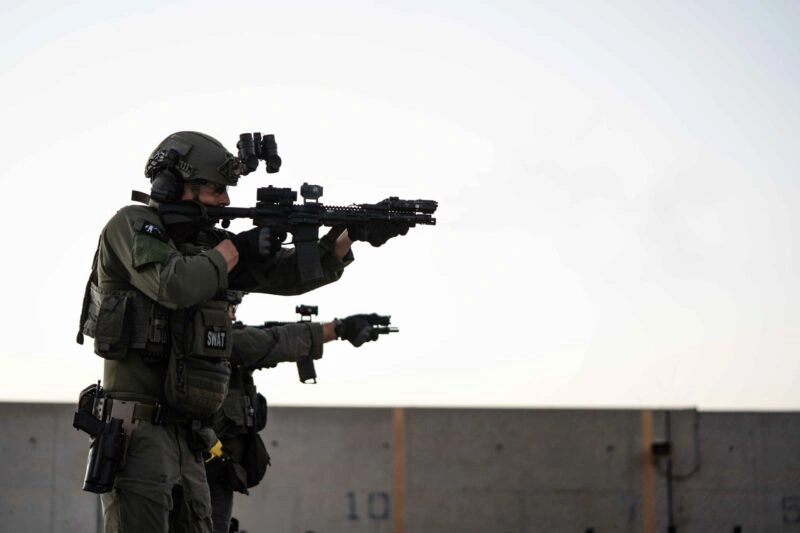
In unexpected emergencies, a bug-out bag (BOB) is essential for anyone who needs to evacuate quickly and efficiently. A well-prepared bug-out bag can mean the difference between life and death, especially in the event of a natural disaster, civil unrest, or other unforeseen circumstances. However, when choosing the right bug out bag, there is an important distinction to keep in mind: military bug-out bags versus civilian bug-out bags. Although both are utilized for the same overall function, each bag’s materials, look, and ideology differ. Understanding these differences will enable you to decide which is better suited for your survival needs.
What is a Bug-Out Bag?
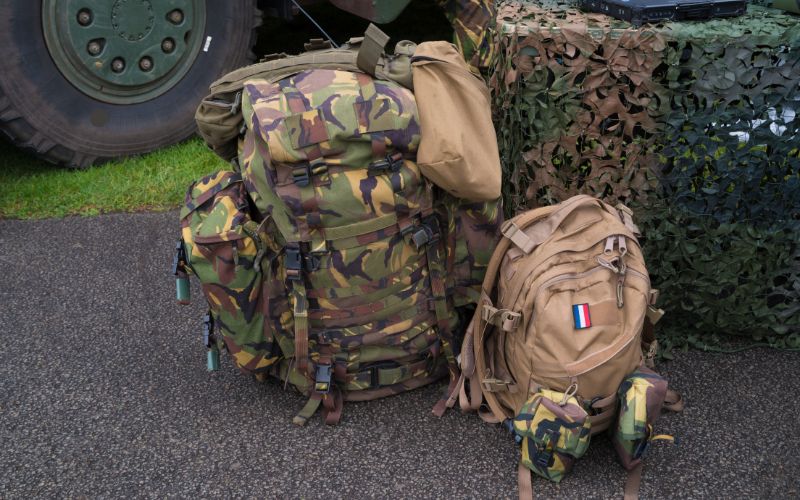
A bug-out bag is a compact kit containing all the essentials needed to last 72 hours or more in the event of an emergency. The goal is to have as much of what you need to survive on the most basic levels as possible, such as food, water, shelter, and protection gear.
The Military Bug Out Bag: Designed for Battle
Military bug-out bags are carefully designed to accommodate the needs of troops in transit. They are typically used during combat or prolonged deployments and are designed to withstand harsh conditions.
Let’s break down the best attributes of military bug-out bags:
1. Design and Materials

Army BOBs are made of heavy-duty, rugged materials, such as 1000D Cordura nylon or ripstop. These materials are very strong and resistant to tears, abrasions, and weather conditions. Army bags are designed to endure extreme temperatures, cold, and rain.
They also typically include MOLLE webbing (Modular Lightweight Load-carrying Equipment), which soldiers can use to customize the pack by adding new pouches, gadgets, and accessories. It adds flexibility to the loadout while also making it an option for organizing the bag for any missions.
2. Capacity and Organization
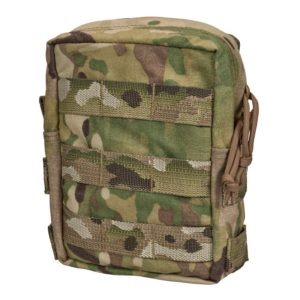
Tactical bags typically have several compartments and interior organizers for proper storage. They have multiple pockets, various types of pouches, and compartments to hold everything from ammunition to medical supplies. The structuring enables easy access to items, even in stressful environments.
Military bug-out bags will have a capacity of between 40L and 50L or greater, enabling them to pack a high quantity of equipment. These items are designed for long-term use. They have padded and sternum/chest straps to help distribute weight and reduce fatigue.
3. Emphasis on Tactical Gear
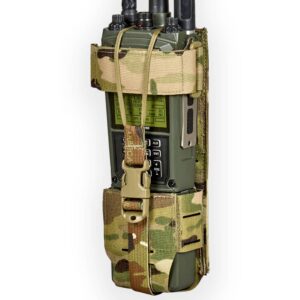
A military bug-out bag is designed to support tactical operations and, therefore, can include items such as weapon holsters, night vision gear, radios, and combat knives. Most of these would not be relevant to civilians. Still, the focus on tactical readiness means the bag is ready to respond to a soldier’s specific needs in combat or military-style operations.
For example, military BOBs will carry more advanced communication devices, such as military radios or first-aid trauma care kits. That emphasis on higher-quality gear makes military bug-out bags more rugged but less user-friendly in urban or rural civilian crisis scenarios.
4. Survival Tools
Military bug-out bags are equipped with top-of-the-line survival gear, including fire starters, multitools, compasses, and tactical flashlights. They are designed to be operationally versatile. Some kits also contain survival knives with combat blades, which may be more than a regular civilian would want, but could be a lifesaver for military personnel operating in the field or on a long-term wilderness operation.
Civilian Bug Out Bag: Practical Survival
In contrast, civilian bug-out bags are designed to value functionality and utility in everyday crises. A civilian BOB is designed to help people and families survive and maintain the essentials outside of their home, whether in the face of an act of nature like a hurricane or a societal breakdown. Civilian bug-out bags are more utilitarian and cover a wider range of situations than military bags.
1. Design and Materials
Civilian bug-out bags are designed with a focus on comfort and practicality. Although the materials are less tough than those found on military bags, they are weather-resistant and tough. The average materials utilized are ballistic nylon, ripstop polyester, and waterproof coatings. They’re designed to be lighter in weight and more practical.
Civilian bags tend to be less tactical in appearance than military bags.
2. Capacity and Organization
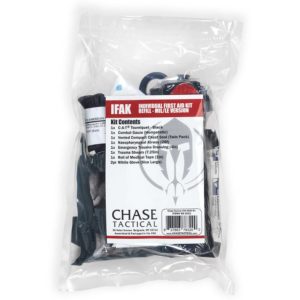
Civilian bug-out bags are typically smaller than military ones, with a capacity of 30L to 40L. They are easier to carry daily and more suited for individual use than extended military campaigns.
Civilian BOBs are focused on simple and uncomplicated access to the bare essentials. Civilian bags tend to have fewer compartments than military bags. Still, they are well-organized enough to carry essential items such as food, water, shelter, and a basic first-aid kit. Most civilian bags will include smaller pouches for items like a first-aid kit, personal hygiene supplies, and a small emergency kit, emphasizing ease of use and simplicity.
3. Prioritize Civilian Needs
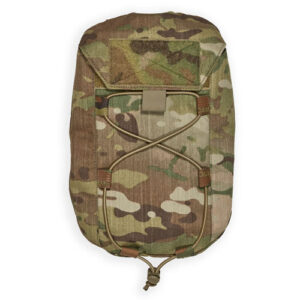
Civilian bug-out bags are typically not combat bags and don’t contain tactical items such as guns or military radios. Their contents are centered around basic survival for more common emergencies. A civilian bag might include, for example, a multitool, a first-aid kit, a flashlight, emergency food, a water filtration bag, and basic shelter, such as a tarp or a space blanket.
A civilian bug-out bag can include a solar-powered charger, a camping stove, and other essential gadgets to sustain a long-term evacuation.
4. Survival Tools
Civilian bug-out bag survival equipment may include fire starters, whistles, multitools, and hand-cranked flashlights. Civilian bags focus on easy-to-use equipment that anyone can quickly become proficient with.
Key Differences Between Military and Civilian Bug-Out Bags
| Aspect | Military Bug-Out Bags | Civilian Bug-Out Bags |
| Design | Tactical, rugged, designed for combat and harsh conditions. | Practical, everyday style for urban and wilderness use. |
| Materials | Heavy-duty fabrics like 1000D Cordura, rugged stitching. | Durable but lighter fabrics, such as ballistic nylon. |
| Capacity | Larger (40L – 50L or more) for extended missions. | Smaller (30L – 40L) for portability and minimalism. |
| Organization | Complex, multiple compartments for mission-specific gear. | Simple organization, focusing on survival essentials. |
| Specialized Gear | Tactical tools, firearms holsters, and advanced communication. | Basic survival tools, medical kits, food, and water filtration. |
| Focus | Combat readiness, extended survival, and tactical operations. | Civilian survival, self-sufficiency, and shelter. |
What Bug-Out Bag Is Best for You?
The choice between a military bug-out bag and a civilian bag largely depends on your specific requirements, the survival context, and your experience level. A military BOB may be more appropriate if you have been trained militarily or will be in a combat or tough wilderness setting. However, if you are planning for a more typical emergency, such as a natural disaster or grid collapse, a civilian BOB may be a more suitable option.
Ultimately, the goal of a bug-out bag is to have you ready for whatever happens, whether it’s a military or civilian emergency.
Frequently Asked Questions
How often should I restock my bug-out bag?
Inspecting your bug-out bag every six months or so is a good idea. It allows you to update expired parts, replenish food and water stockpiles, and refresh gear to keep up with your changing needs or probable emergencies.
Is a civilian bug-out bag adequate for survival in the wilderness for a long time?
While civilian bug-out bags are designed for short-term survival, some may still be sufficient for longer wilderness survival, as long as they contain essential survival gear, such as a multitool, fire starters, and shelter materials. You may need to supplement your bag with additional supplies for longer wilderness survival.
